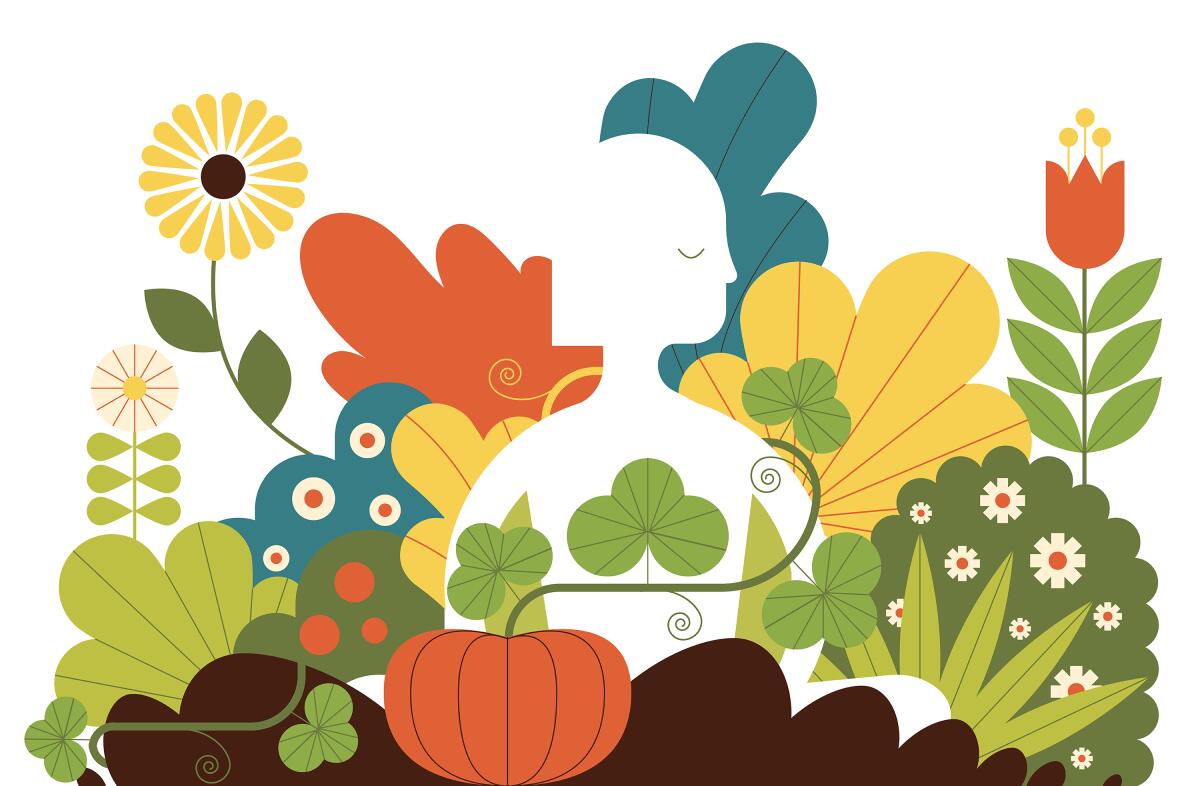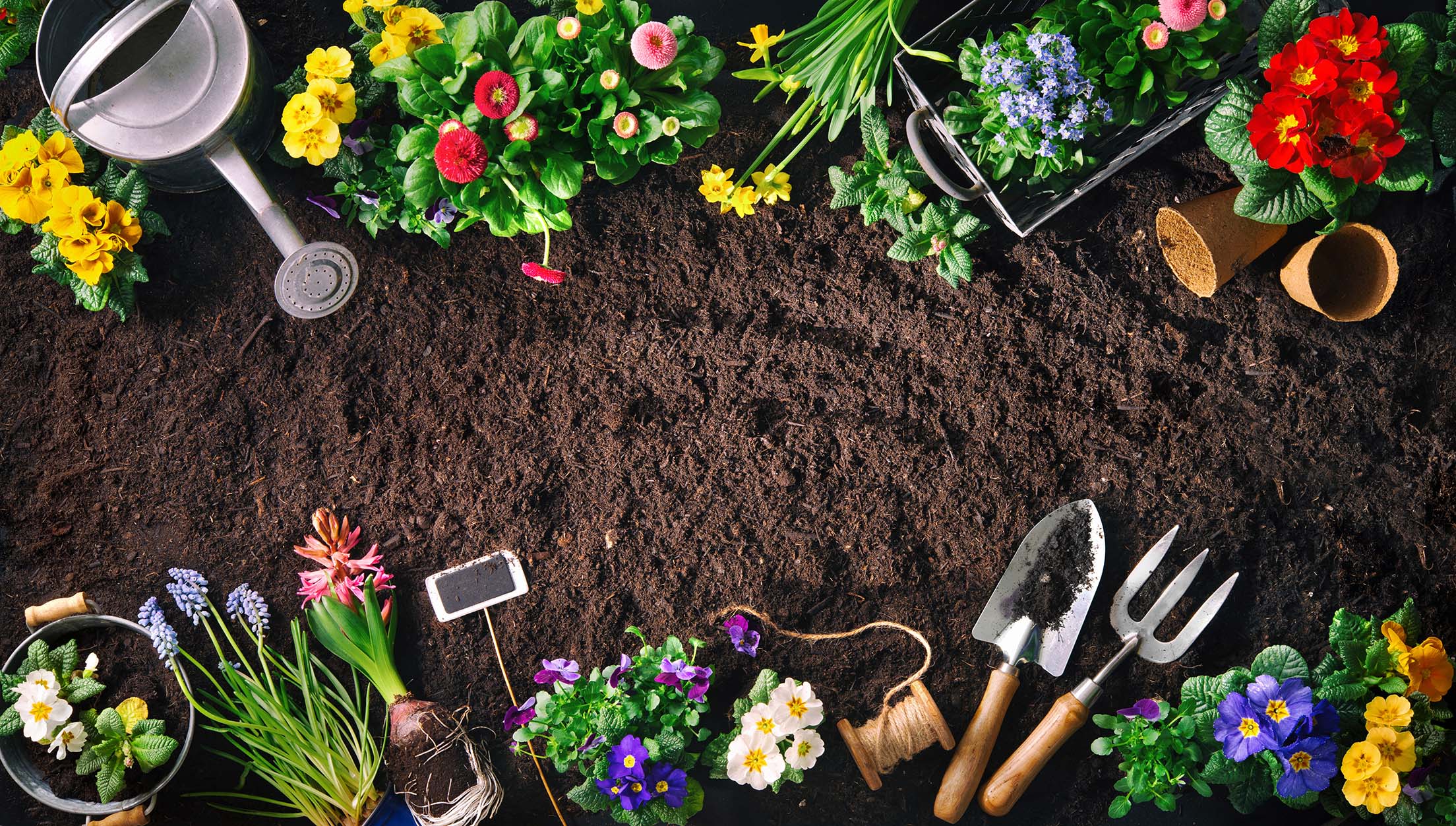Expert Gardening Tips for Producing a Sustainable and Eco-Friendly Garden
Getting started on the trip to create a lasting and environmentally friendly garden entails a series of purposeful selections and techniques that not only boost the appeal of your space but additionally contribute favorably to the atmosphere. By selecting indigenous plants that are appropriate to your area, you can minimize reliance on chemical plant foods and chemicals while supplying vital support to regional wild animals. Furthermore, incorporating water preservation methods and organic horticulture approaches plays a vital function in maintaining a healthy and balanced ecological community. To reveal more experienced insights and functional approaches, let us discover the crucial elements that specify an environmentally mindful yard.
Select Indigenous Plants
Picking native plants for your garden is a basic action towards achieving sustainability. Native plants are inherently adjusted to the local climate and dirt problems, making them much more resistant to regional bugs and diseases. This minimizes the need for chemical pesticides and fertilizers, therefore decreasing environmental effect. Additionally, native plants usually need less water when established, adding to more efficient water use.
Past their sensible benefits, native plants play an essential role in supporting regional biodiversity. They give crucial habitat and food resources for indigenous wild animals, consisting of pollinators such as butterflies, bees, and birds. This cultivates a well balanced environment, which is crucial for the health of your yard and the surrounding atmosphere.

Implement Water Conservation
Implementing water conservation methods is important for keeping a sustainable garden. Effective water use not just decreases the ecological influence yet additionally ensures that plants obtain ample hydration without wastefulness.
Additionally, mulching is a beneficial technique for preserving water. By applying a layer of organic mulch, such as timber chips or straw, around the base of plants, garden enthusiasts can lessen soil evaporation and keep regular wetness levels. Mulch additionally aids control soil temperature and suppresses weed development, more adding to plant health.
Rainwater harvesting is another lasting strategy. Installing rainfall barrels or various other collection systems permits garden enthusiasts to store and record rain, which can later be used throughout completely dry periods. This not just preserves metropolitan water however also provides an all-natural, chemical-free resource for irrigation.
Last but not least, choosing drought-tolerant plant species can drastically reduce water needs. These plants are adapted to grow in low-water conditions, making them ideal for eco-friendly gardens. gardening tips. Implementing these water preservation methods will certainly foster a durable, sustainable garden
Use Organic Horticulture Methods

Pest management in a natural yard counts on incorporated pest management (IPM) strategies. These include encouraging helpful pests, making use of all-natural killers like lacewings and ladybugs, and applying plant turning to interfere with pest life process. Friend growing, where specific plants are expanded together to ward off insects or draw in useful bugs, is one more effective technique.
Weed control is taken care of via mulching and hand-operated elimination, instead than counting on herbicides. Mulch not only suppresses weeds yet additionally preserves wetness and enhances soil health and wellness as it breaks down. Organic mulches, such as straw, timber chips, and leaves, are specifically beneficial.
Develop Wild Animals Environments
Producing wildlife environments within your yard not only enhances biodiversity but additionally sustains the ecosystem's balance. Deliberately rooms that draw web in and maintain regional animals, you can develop a growing micro-ecosystem that profits both plants and pets. Beginning by including indigenous plants, as these are fit to your regional climate and provide essential food and sanctuary for wild animals. Indigenous flora supports a variety of pests, birds, and little mammals, adding to the environmental network.
Take into consideration including a water function, such as a pond or birdbath, to supply a consistent water resource. Water components draw in a selection of species, from amphibians to pollinators, improving the yard's vigor. Additionally, setting up birdhouses, bat boxes, and insect resorts offers risk-free nesting websites and encourages biodiversity.
Leave some areas of your yard uninterrupted, allowing leaf trash and dropped branches to accumulate. These natural debris heaps develop habitats for bugs and tiny creatures, fostering a balanced ecological community. Avoid using chemical pesticides and herbicides, as they can damage advantageous wild animals and interfere with food web. By prioritizing these sustainable methods, your yard can become a shelter for neighborhood wildlife, promoting eco-friendly health and sustainability.
Technique Composting and Mulching
A crucial element of sustainable horticulture, composting and mulching, substantially enhances dirt health and wellness and decreases waste. Unlike synthetic plant foods, compost improves the soil with useful microorganisms and essential nutrients, cultivating a healthier garden community.
Mulching, on the other hand, involves covering the dirt surface area with organic or not natural products, such as straw, wood chips, or shredded leaves. This practice supplies a number of benefits: it saves dirt wetness, reduces weed growth, and moderates dirt temperature level. Mulch also slowly breaks down, including organic issue to the soil and additional boosting its fertility.
To exercise reliable composting, ensure your compost heap has a balance of eco-friendly products (abundant in nitrogen) and brownish materials (rich in carbon), preserving ample aeration and moisture. gardening tips. Regularly turning the stack increases disintegration. For mulching, apply a 2-3 inch layer around plants, ensuring it does not directly get in touch with stems or trunks to stop rot
Conclusion

Selecting indigenous plants for your yard is a basic action toward achieving sustainability.In addition, integrating native plants can enhance the visual charm of your yard. These plants are adjusted to prosper in visit this web-site low-water problems, making them perfect for eco-friendly yards. Implementing these water preservation methods will certainly promote a resistant, sustainable garden.
In final thought, developing a lasting and eco-friendly garden includes the critical choice of indigenous plants, the adoption of water preservation methods, and the implementation of natural gardening techniques.